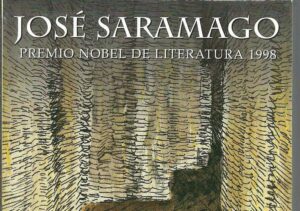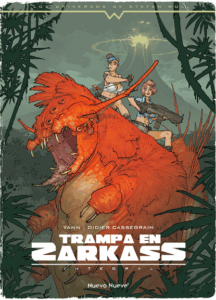
The Body (Cegador Trilogy 2)
by Mircea Cărtărescu.
“The Body” (Cegador Trilogy 2) by Mircea Cărtărescu, one of the most important and recognized Romanian writers of today. This is the second part of a monumental work that explores the memory, imagination and identity of the author through a hallucinatory and dazzling narrative.
“The body” is the central volume of the trilogy, which takes the form of a butterfly. The book is divided into five chapters that correspond to the parts of the insect’s body: head, thorax, abdomen, forewings and hindwings. Each chapter contains a series of episodes that mix the present and the past, reality and fantasy, the personal and the collective, the historical and the mythical.
The protagonist is Cărtărescu himself, who tells us about his childhood and youth in Bucharest in the 60s and 70s, under the communist regime of Ceausescu. But he also tells us about his dreams, his visions, his readings, his travels, his loves, his fears and his desires. The author becomes another character in his own fiction, which is intertwined with other fascinating stories and characters: his mother, who weaves cubic carpets that hide state secrets; his missing twin brother, with which he forms the sign of Pisces; his friend Herman, who owns a painting containing the entire universe; the girl Maria, who has butterfly wings on her back; the Snake Man, an embodiment of the soul of India; Vasile, the boy who was born without a shadow; the statue men who live in a surreal Amsterdam…
“The Body” is an immeasurable, kaleidoscopic and intellectually subversive book, which challenges the limits of language and literature. It is a work that draws on multiple cultural references, from Romanian poetry to Western philosophy, including science fiction, surrealism, psychoanalysis and mythology. It is a book that invites us to enter a hypnotic and prodigious world, where everything is possible and nothing is what it seems.
“The Body” is a book that must be read with attention and patience, but also with curiosity and admiration. It is a book that offers us a unique and unrepeatable literary experience, which transforms and enriches us. It is a book that shows us the strength and beauty of the human imagination.
Cărtărescu’s style in “The Body” remains poetic and full of vivid images, with prose that combines the real and the imaginary. The narrative flows at a dizzying pace, despite the density of the writing. Marian Ochoa’s translation of Eribe also deserves praise for uniquely conveying the breath of Cărtărescu’s prose.
The plot of “The Body” develops through a series of intertwined stories and episodes, covering both everyday life in Bucharest and more fantastical and dreamlike elements. Some of the notable episodes include the story of Soile, a delicate girl who was born with a tarantula for a heart, and that of the circus artist Vanaprashta Sannyasa.
In addition to exploring the life and experiences of the protagonist, “The Body” also explores philosophical and existential themes, such as human nature and the divine. Throughout the novel, Cărtărescu reflects on childhood, discovery, pain, silence, misery, dreams and desire.
In short, “The Body” is an ambitious and challenging continuation of the “Cegador” trilogy, offering a profound and poetic vision of life, memory and identity. Although its style and structure may be difficult for some readers, those willing to delve into Cărtărescu’s surreal and lyrical world will find an enriching and memorable literary experience.
Source: https://algunoslibrosbuenos.com/el-cuerpo


